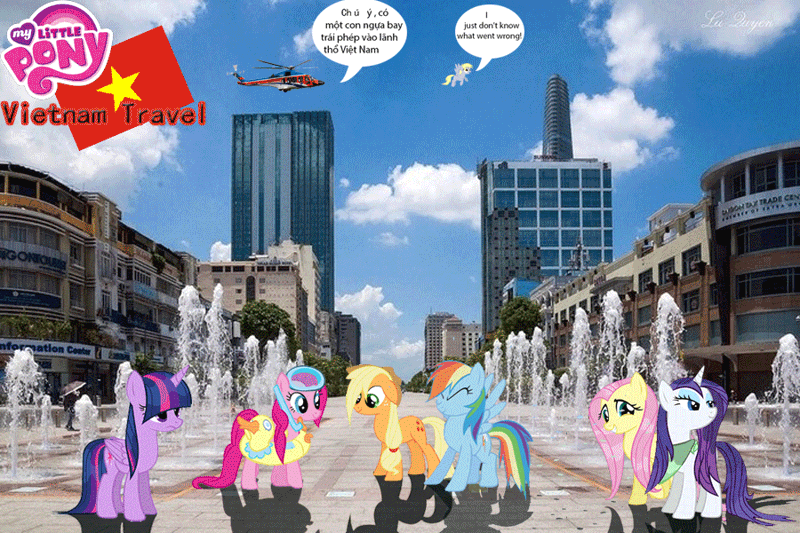
Description:
Ho Chi Minh City (Vietnamese: Thành phố Hồ Chí Minh; IPA: [tʰan fə ho̞˧˩ t͡ɕɪj˧ mɪ̈n˧] ( listen)), formerly named and still also referred to as Saigon (Vietnamese: Sài Gòn; IPA: [sâj ɣɔ̂ŋ] ( listen)), is the largest city in Vietnam. It was once known as Prey Nokor, an important Khmer seaport prior to annexation by the Vietnamese in the 17th century. Under the name Saigon, it was the capital of the French colony of Cochinchina and later of the independent republic of South Vietnam 1955–75. On 2 July 1976, Saigon merged with the surrounding Gia Định Province and was officially renamed Ho Chi Minh City after revolutionary leader Hồ Chí Minh (although the name Sài Gòn is still unofficially widely used).<sup class="footnote" id="fnrevc4d2805f040f466cbe7d9fdcab275da4-1">4</sup>
The metropolitan area, which consists of the Ho Chi Minh City metropolitan area, Thủ Dầu Một, Biên Hòa, Vũng Tàu, Dĩ An, Thuận An and surrounding towns, is populated by more than 10 million people,[nb 1] making it the most populous metropolitan area<sup class="footnote" id="fnrevc4d2805f040f466cbe7d9fdcab275da4-2">5</sup> in Vietnam. The city’s population is expected to grow to 13.9 million by 2025.<sup class="footnote" id="fnrevc4d2805f040f466cbe7d9fdcab275da4-3">6</sup>
The Ho Chi Minh City Metropolitan Area, a metropolitan area covering most parts of the south-east region plus Tiền Giang Province and Long An Province under planning, will have an area of 30,000 square kilometres (12,000 sq mi) with a population of 20 million inhabitants by 2020.<sup class="footnote" id="fnrevc4d2805f040f466cbe7d9fdcab275da4-4">7</sup> According to the Mercer Human Resource Consulting, Economist Intelligence Unit and ECA International, Ho Chi Minh City is ranked 132 on the list of world’s most expensive cities for expatriate employees
